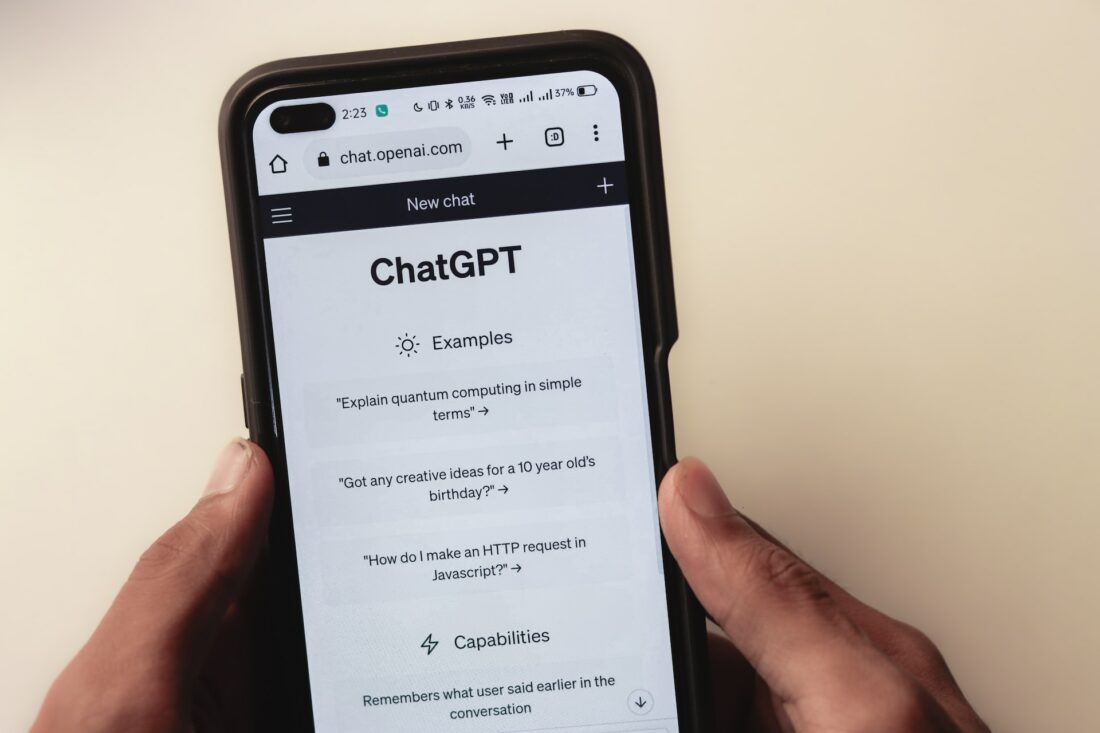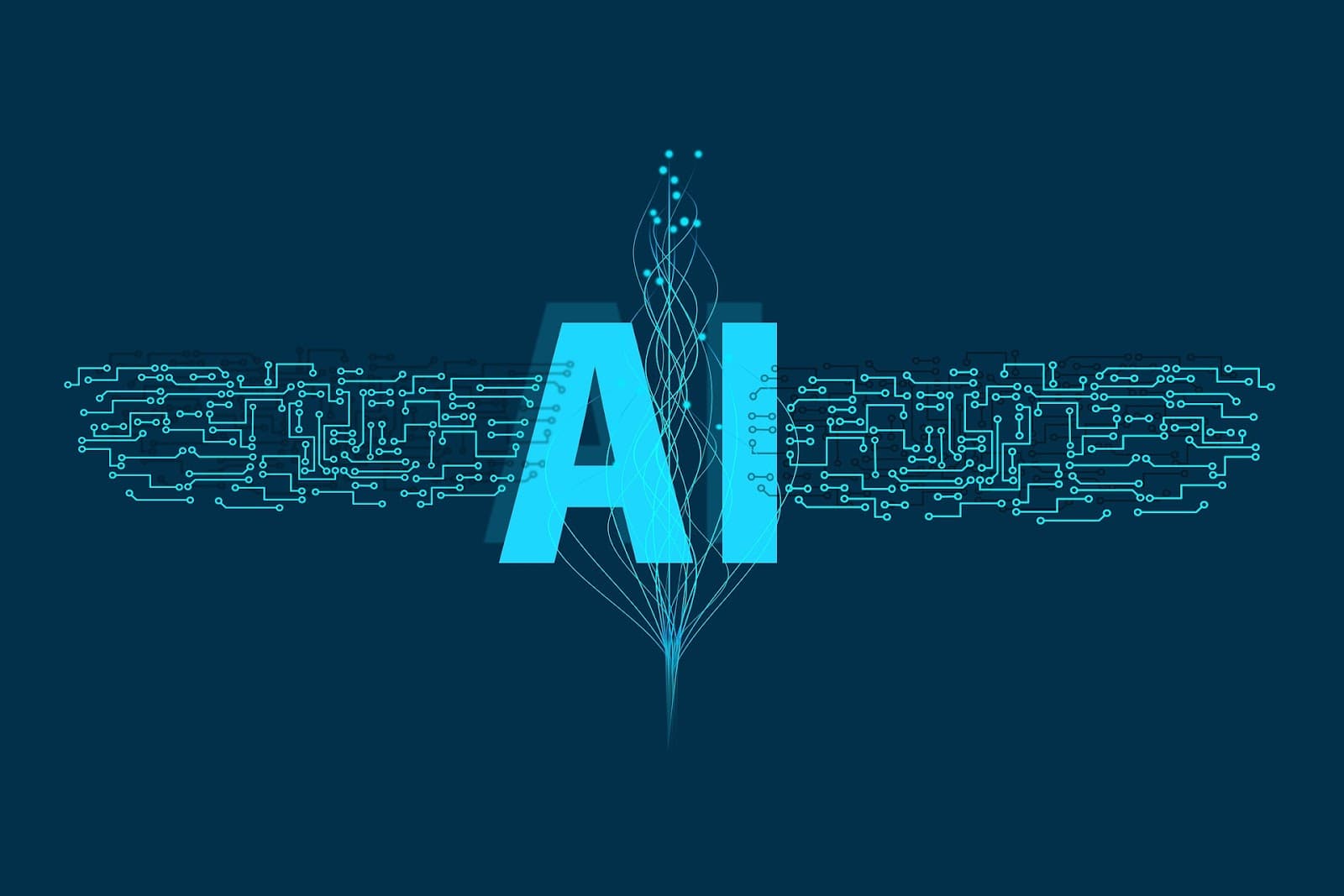
ChatGPT’s API: Advancing Natural Language Processing
ChatGPT is a state-of-the-art natural language processing model developed by OpenAI. It is capable of generating human-like responses to a wide range of queries and has been trained on a massive amount of data to ensure accuracy and consistency. Many people are curious about whether or not ChatGPT has an API (Application Programming Interface) that can be used to integrate the model into their own applications. In this article, we will explore this question in detail.
Does ChatGPT Have an API?
ChatGPT is a state-of-the-art natural language processing model developed by OpenAI. It is capable of generating human-like responses to a wide range of queries and has been trained on a massive amount of data to ensure accuracy and consistency. Many people are curious about whether or not ChatGPT has an API (Application Programming Interface) that can be used to integrate the model into their own applications. In this article, we will explore this question in detail.
What is an API?
An API (Application Programming Interface) is a set of protocols, routines, and tools for building software applications. It specifies how software components should interact and provides a standardized way for different software applications to communicate with each other.
Using an API allows developers to integrate a third-party service or tool into their own application without having to build it from scratch. This can save time and resources and can also enhance the functionality of an application.
ChatGPT’s API
The short answer is yes, ChatGPT does have an API. However, it’s important to note that this API is only available to selected partners of OpenAI who have gone through a rigorous approval process.
OpenAI has created a limited access program called the OpenAI API, which allows approved partners to access the ChatGPT model and other OpenAI models through a simple API interface. This API is currently in beta and is not yet available to the general public.
How the OpenAI API Works
The OpenAI API is a RESTful API, which means it uses HTTP requests to send and receive data. To use the API, a developer first needs to sign up for the program and receive an API key. The API key is used to authenticate the developer’s requests and ensure that they have access to the models they want to use.
Once the developer has an API key, they can send a query to the API with the text they want the model to generate a response for. The API will then use the ChatGPT model to generate a response and return it to the developer. The response can be in the form of text, but it can also be in other formats, such as HTML or JSON.
Benefits of Using the OpenAI API
There are several benefits to using the OpenAI API to integrate ChatGPT into your own application:
Improved functionality
By integrating ChatGPT into your application, you can offer your users a smarter, more conversational experience, increasing user engagement and satisfaction. With ChatGPT, your application can provide more intelligent and interactive responses, creating a more personalized and human-like experience.
Reduced development time
ChatGPT’s API can save you time and resources by allowing you to use pre-existing, highly-optimized models for natural language processing. This can accelerate your development process, enabling you to bring your product to market faster and more efficiently.
Higher accuracy
With ChatGPT’s highly-trained natural language processing models, you can benefit from a level of accuracy that may be difficult or impossible to achieve through building your own model. Using the OpenAI API, you can leverage this highly-optimized technology to improve the accuracy and consistency of your application’s responses.
Scalability
As your application grows and your user base expands, the OpenAI API’s scalable infrastructure ensures that your application can continue to deliver the same high-quality user experience. With the OpenAI API, you can be confident that your application can handle increased traffic and usage without sacrificing quality or performance.
Reduced maintenance
By using the OpenAI API, you can avoid the costly and time-consuming process of building and maintaining your own natural language processing model. This allows you to focus on other areas of development and improve the overall efficiency of your product. With the OpenAI API, you can rely on a third-party provider to maintain the technology, freeing up your team’s resources to focus on other important areas of your product.
Use Cases for ChatGPT’s API
ChatGPT and its API have many potential use cases, including:
Customer service
ChatGPT could be integrated into a customer service chatbot, allowing users to ask questions in natural language and receive accurate and helpful responses. This could potentially reduce the need for human customer service representatives, saving the company time and resources.
Education
ChatGPT could be used to provide personalized tutoring or support to students, allowing them to ask questions and receive feedback in a more natural and intuitive way. This could help improve student engagement and learning outcomes.
Mental health
Chatbots powered by ChatGPT could provide users with an anonymous and non-judgmental space to discuss their mental health concerns and receive support and guidance. This could potentially help address the growing mental health crisis and reduce the stigma associated with seeking help.
Benefits and Use Cases of ChatGPT’s API
ChatGPT’s API is an advanced tool that offers many advantages to developers. It enhances functionality, saves development time, increases accuracy, and allows for scalability while minimizing maintenance. By incorporating ChatGPT into their applications, developers can create a more personalized and conversational experience for users.
ChatGPT’s API is highly versatile and can be used in a range of industries, including:
- Customer service;
- Education;
- Mental health.
However, only selected partners of OpenAI currently have access to ChatGPT’s API. If you’re looking for other natural language processing APIs, some options available in the market include:
- Google Cloud Natural Language API;
- Amazon Comprehend;
- IBM Watson Natural Language Understanding.
Choosing the best API depends on your specific needs, budget, and technical requirements. These natural language processing APIs have the potential to transform the way we interact with technology and each other.
Other Natural Language Processing APIs
While ChatGPT’s API is currently only available to selected partners of OpenAI, there are other natural language processing APIs available to developers. These include Google Cloud Natural Language API, Amazon Comprehend, and IBM Watson Natural Language Understanding, among others.
Choosing the right API for a particular application will depend on a variety of factors, such as the specific use case, budget, and technical requirements. However, it’s clear that natural language processing APIs have the potential to revolutionize the way we interact with technology and each other.
Conclusion
ChatGPT’s API is an exciting development in the field of natural language processing and AI. While it is currently only available to selected partners of OpenAI, it has the potential to improve functionality, reduce development time, increase accuracy, and provide scalability and reduced maintenance for a wide range of applications. By providing a more natural and intuitive way for users to interact with technology, ChatGPT’s API could help drive innovation and progress in many industries.
Natural language processing APIs have the potential to revolutionize the way we interact with technology and each other. Whether it’s improving customer service, enhancing education, or providing support for mental health, these APIs can provide a more natural and intuitive way for users to engage with technology. While ChatGPT’s API is currently only available to selected partners of OpenAI, it’s clear that this technology has the potential to drive innovation and progress in many industries.





